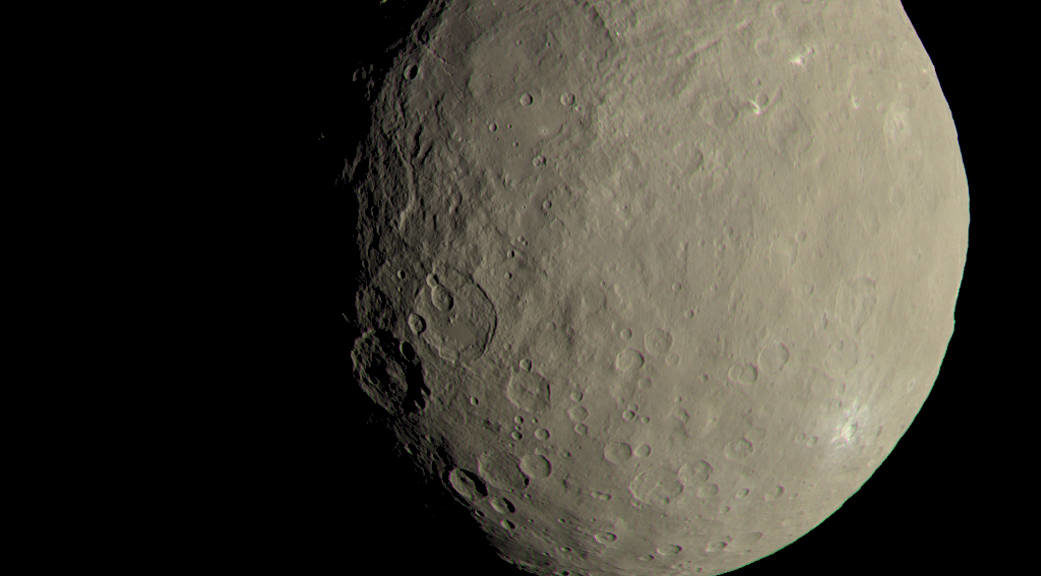
This animation shows a sequence of images taken by NASA’s Dawn spacecraft on May 4, 2015, from a distance of 13,600 kilometers, in its RC3 mapping orbit. The image resolution is 1.3 kilometers per pixel. (NASA/JPL-Caltech/UCLA/MPS/DLR/IDA)
NASA has concluded that the 11-year mission of the Dawn Spacecraft and its exploration of Vesta and Ceres, two of the largest objects in the asteroid belt between Mars and Jupiter, has come to an end.
According to the space agency, the spacecraft missed scheduled communications sessions with NASA’s Deep Space Network not only on October 31st but also November 1st.
NASA says the Dawn flight team checked through a number of possible causes for the lack of contact but the mission’s managers realized that the spacecraft simply ran out of its hydrazine fuel.
That fuel supply allowed mission specialists to control the spacecraft’s pointing.
Without this ability, Dawn was no longer able to set its antennas to communicate with its controllers on Earth, nor could it turn and adjust its solar panels to get a power recharge from the Sun.

This artist’s concept shows NASA’s Dawn spacecraft arriving at the dwarf planet Ceres (lower right). (NASA/JPL-Caltech)
After NASA launched Dawn in September 2007 the spacecraft was able to make its 6.9 billion kilometer journey thanks to power from its ion engines.
In 2011, Dawn stopped off to orbit Vesta, the second largest object in the asteroid belt.
After visiting Vesta, Dawn continued its travels and in March 2015 arrived at and went into a three-year orbit around the dwarf planet Ceres, which is also the largest object in the asteroid belt.
Among Dawn’s accomplishments, NASA says the spacecraft showed just how important location was to how objects formed and evolved in the early solar system.

This representation of Ceres’ Occator Crater in false colors shows differences in the surface composition. Occator measures about 90 kilometers wide. (NASA/JPL-Caltech/UCLA/MPS/DLR/IDA)
The space agency also says Dawn’s observations, of the two large asteroid belt objects, support a concept that dwarf planets could have held oceans over a substantial part of their history – and perhaps still do.
“Today, we celebrate the end of our Dawn mission – its incredible technical achievements, the vital science it gave us, and the entire team who enabled the spacecraft to make these discoveries,” said Thomas Zurbuchen, associate administrator of NASA’s Science Mission Directorate in Washington in an agency press release. “The astounding images and data that Dawn collected from Vesta and Ceres are critical to understanding the history and evolution of our solar system.”






















Very educating article